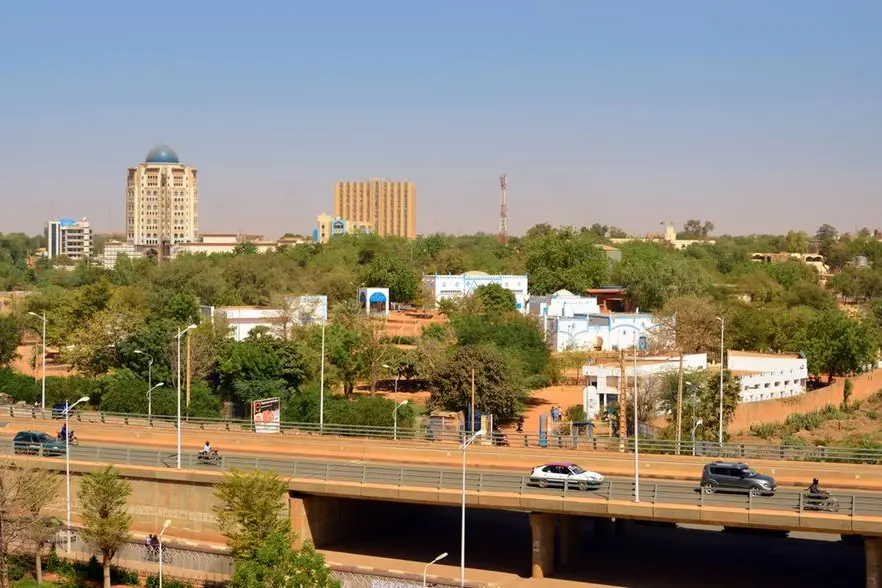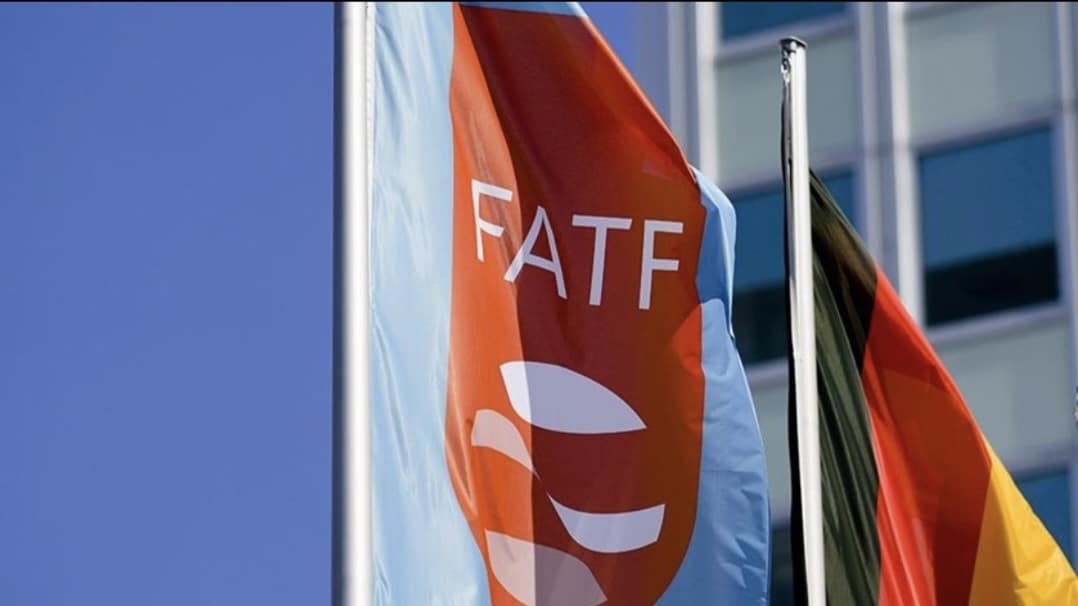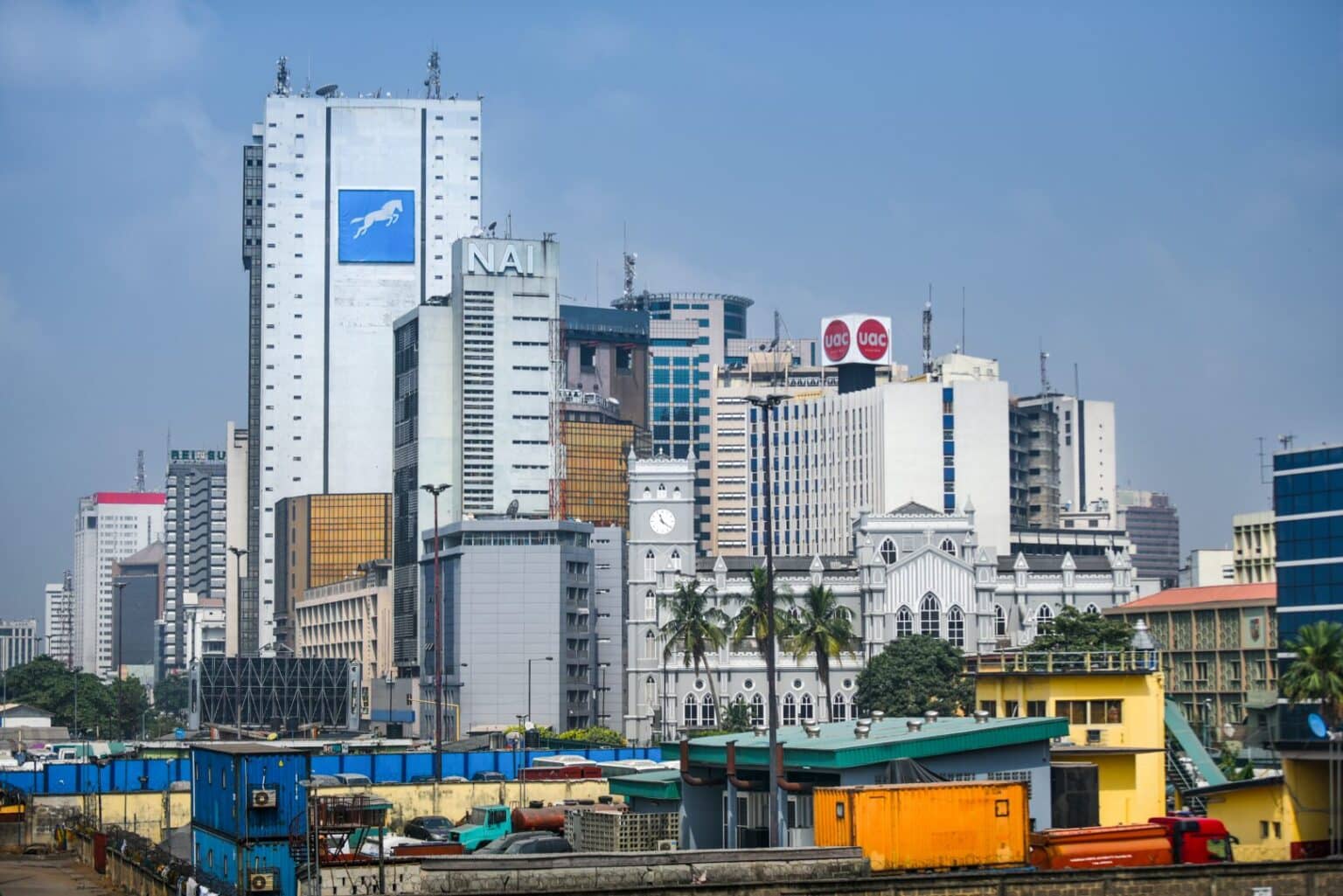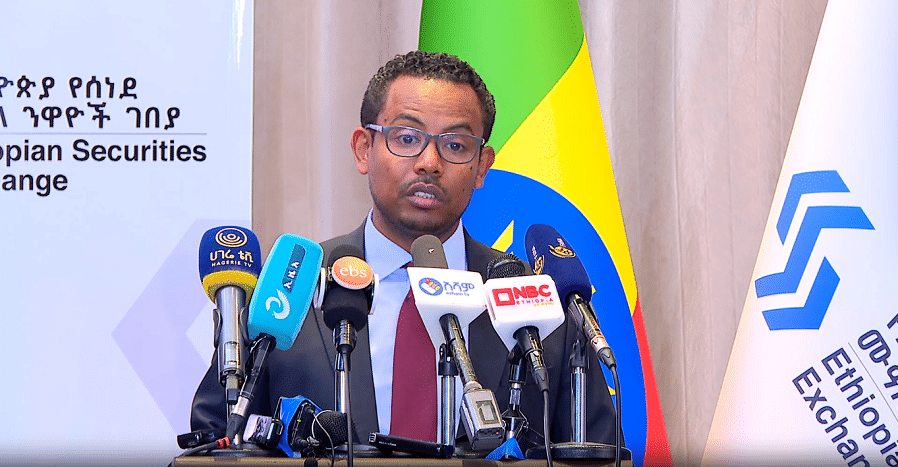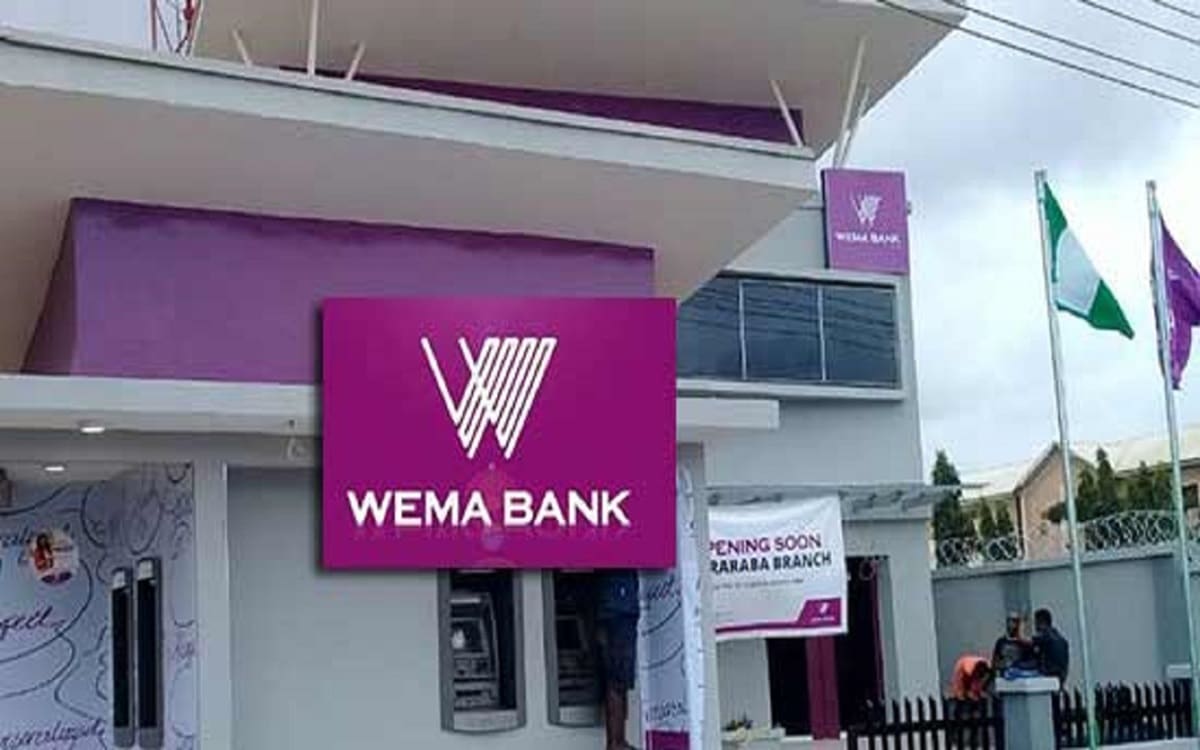Over the past decade, at least ten global banking giants — from Barclays to HSBC — have quit Africa, marking one of the most sweeping foreign retreats from the continent’s financial sector in modern history.
Driven by weak profitability, tightening regulation, and intensifying competition from fintechs, these exits are reshaping Africa’s $17.7 billion banking industry and creating space for local and regional players to rise.
The trend, led by the United Kingdom and French lenders, reflects a broader shift in foreign investment priorities, as international banks reassess exposure to markets with volatile currencies, inconsistent policy frameworks, and rising operational and compliance costs.
At a press conference last week, Idrissa Diop, Director of Compliance at the African Export-Import Bank (Afreximbank) said the withdrawal of global financial institutions reflects growing concerns about risk management and profitability.
Diop noted that Afreximbank’s role is to bridge this gap by demonstrating that Africa is not as risky as it is perceived to be, provided that investors understand and comply with the continent’s diverse regulatory frameworks.
The retreat begins
The exodus began in earnest in 2016 when Barclays —one of Africa’s oldest foreign banks—announced plans to cut its 62% stake in its African operations, then known as Barclays Africa Group (now Absa Group). The decision followed years of regulatory pressure and financial strain after the 2008 global financial crisis.
Barclays cited rising capital requirements and declining returns on investment as key reasons for its withdrawal. The move, which ended more than a century of deep retail presence across multiple African markets, became a turning point for international banks operating on the continent.
Amol Prabhu, Barclays’ Country CEO for South Africa, later clarified that while the bank’s visible retail footprint had diminished, it continued to serve African clients through private, corporate, and investment banking arms.
“Yes, our visible retail presence has gone,” he said. “But our private, investment, and corporate banking businesses continue to serve African clients and global investors seeking to invest in African countries.”
The newest departures
Nearly a decade later, the list of exits has grown significantly. The most recent name to join is HSBC Holdings, which announced plans to withdraw from South Africa, ending a 30-year presence.
The decision, first disclosed in September 2024 and confirmed by the South African Reserve Bank, will see HSBC transfer its assets and operations to FirstRand, South Africa’s largest lender by market capitalisation. The full exit is expected to be completed by October 31, 2025.
HSBC’s decision underscores its strategic pivot toward Asia and the Middle East—regions where capital flows are deepening and margins are stronger.
Other notable exits include:
- Groupe BPCE (France) sold majority stakes in its banks across Cameroon, Tunisia, Madagascar, and Congo to Banque Populaire Centrale (BCP) in 2018.
- Atlas Mara (UK), the investment vehicle co-founded by Bob Diamond, exited Africa in 2021 after selling its Mozambique and Zambian assets to Nigeria’s Access Bank. It later began plans to withdraw from Rwanda and Tanzania.
- Crédit Agricole (France) restructured its Africa portfolio, selling a 78.7% stake in its Moroccan subsidiary, Crédit du Maroc, to Groupe Holmarcom and seeking buyers for its Tunisia, Cameroon, and Ghana businesses.
- Credit Suisse (Switzerland) transferred assets worth $2.5 billion across nine African countries—including Nigeria, Kenya, and Ghana—to Barclays in 2022 before being absorbed into UBS in 2024.
- Standard Chartered Plc (UK) began a multi-country exit in 2022, selling operations in Angola, Cameroon, Zimbabwe, The Gambia, and Sierra Leone. In July 2025, it sold its Angola, Zimbabwe, and Sierra Leone businesses at a $217 million loss.
- BNP Paribas (France) shut down its corporate and investment banking arm in South Africa in 2024 to refocus on Europe and Asia.
- Société Générale (France) sold its Mauritanian and Burkina Faso subsidiaries to Vista Group in 2025 and divested its Morocco and Guinea businesses earlier in the year.
- Bank Al Habib (Pakistan) closed its Nairobi representative office in May 2025, ending a seven-year presence in Kenya.
Why international banks are leaving
Analysts say the exits are rooted in Africa’s challenging operating environment—one defined by regulatory hurdles, currency risks, and stiff competition from more agile fintech and telco players.
Global rating agency Moody’s notes that many Western banks that once saw the continent as “the next frontier” have been disappointed by low returns and rising operational costs. “Profitability, when adjusted for currency movements and capital weighting, has often fallen short of expectations,” the agency said in a recent report.
The 2010s fintech boom across Africa transformed the financial landscape. Mobile money platforms and local digital banks began serving millions of customers previously excluded from formal banking systems, undercutting foreign banks’ traditional retail models. Weak national ID systems have also made it difficult for global lenders to meet stringent “Know Your Customer” (KYC) and anti-money laundering (AML) standards.
In several countries, global lenders have cited currency volatility, political instability, and terrorism risks as additional deterrents. The depreciation of local currencies against the dollar and euro erodes earnings, while high compliance costs linked to Basel III requirements further squeeze profit margins.
Fitch Ratings added that the withdrawal of large international banks could disrupt cross-border trade and remittance flows.
“In markets where foreign exchange liquidity is tight, access to hard currencies could become more difficult without the FX lines that parent banks provide to support trade finance,” Fitch said. “However, these are short-term hurdles—African banks generally have good access to funding from development finance institutions.”
Data and context
Between 2016 and 2024, Africa’s Foreign Direct Investment (FDI) inflows fluctuated, reflecting both opportunity and uncertainty. Data from the United Nations Conference on Trade and Development (UNCTAD) show that while Egypt’s FDI surged to $46.6 billion in 2024, Nigeria’s dropped to just $1.08 billion from $1.87 billion.
South Africa recorded an extraordinary $40.2 billion spike in 2021, followed by a steep decline to $2.47 billion in 2024. Such volatility highlights the uneven risk-return profile that has made long-term planning difficult for multinational lenders.
McKinsey & Co. estimates that profitability in Africa’s top five banking markets—Egypt, Kenya, Morocco, Nigeria, and South Africa—declined by 2% between 2016 and 2022. “This underperformance, compared with other emerging markets, has prompted foreign banks to reconsider their presence and partnerships,” the global management consulting firm said.
The local banks’ advantage
While international lenders retreat, African banks are filling the gap. Nigerian, South African, and Moroccan banking groups are expanding across borders, leveraging local knowledge, digital infrastructure, and leaner cost structures to capture new market share.
“Nigerian lenders like Access Bank and Zenith Bank are at the forefront of regional expansion,” said analysts at Fitch. “Access Bank now operates in 16 countries after acquiring Atlas Mara’s Zambian unit, while Mauritius’ MCB Group is broadening its footprint across the Indian Ocean and East Africa.”
South Africa’s Absa Group, which fully separated from Barclays, merged its retail units in August 2025 and reported a 17% profit rise in the first half of the year. Similarly, Morocco’s Banque Centrale Populaire (BCP) and Attijariwafa Bank continue to deepen their reach in Francophone West Africa.
French banks’ exits, in particular, have opened room for regional challengers such as Vista Group and Coris Bank International, both of which have been actively acquiring subsidiaries divested by Société Générale. Vista now has operations in 16 African countries, while Coris has completed or is awaiting regulatory approval for acquisitions in Chad and Mauritania.
“French-owned subsidiaries were often constrained by conservative risk appetites and strict provisioning policies from their parent banks,” Fitch noted. “With their exit, we expect credit growth to accelerate—mainly in lower-risk segments—to help preserve asset quality.”
A turning point for Africa’s banking future
Despite short-term disruptions to trade finance and correspondent banking networks, analysts believe the long-term outlook could favour African-owned financial institutions. The exits have freed up billions in assets, now being redeployed by regional players with stronger on-ground understanding and greater operational flexibility.
According to African Business magazine, local banks’ revenues rose by an estimated 12% in 2025 as they captured clients and markets previously dominated by global players. With the African Continental Free Trade Area (AfCFTA) expected to unlock $450 billion in intra-African trade by 2035, the banking opportunities ahead are vast.
Digital innovation, mobile technology, and regional payment systems are also enabling local banks to sidestep foreign exchange bottlenecks by settling in local currencies—a game-changer for cross-border commerce.
“We see significant opportunities for local and regional banks in Africa despite the challenges,” said Fitch analysts. “Some banking groups with pan-African ambitions should eventually gain enough scale to compete with long-established global institutions.”
As Western lenders pull back, Africa’s financial landscape is becoming more indigenous, dynamic, and digitally driven. The next decade may well see a new generation of African champions rise—banks that understand the continent’s complexities, serve its growing consumer base, and define the future of finance on their own terms.

